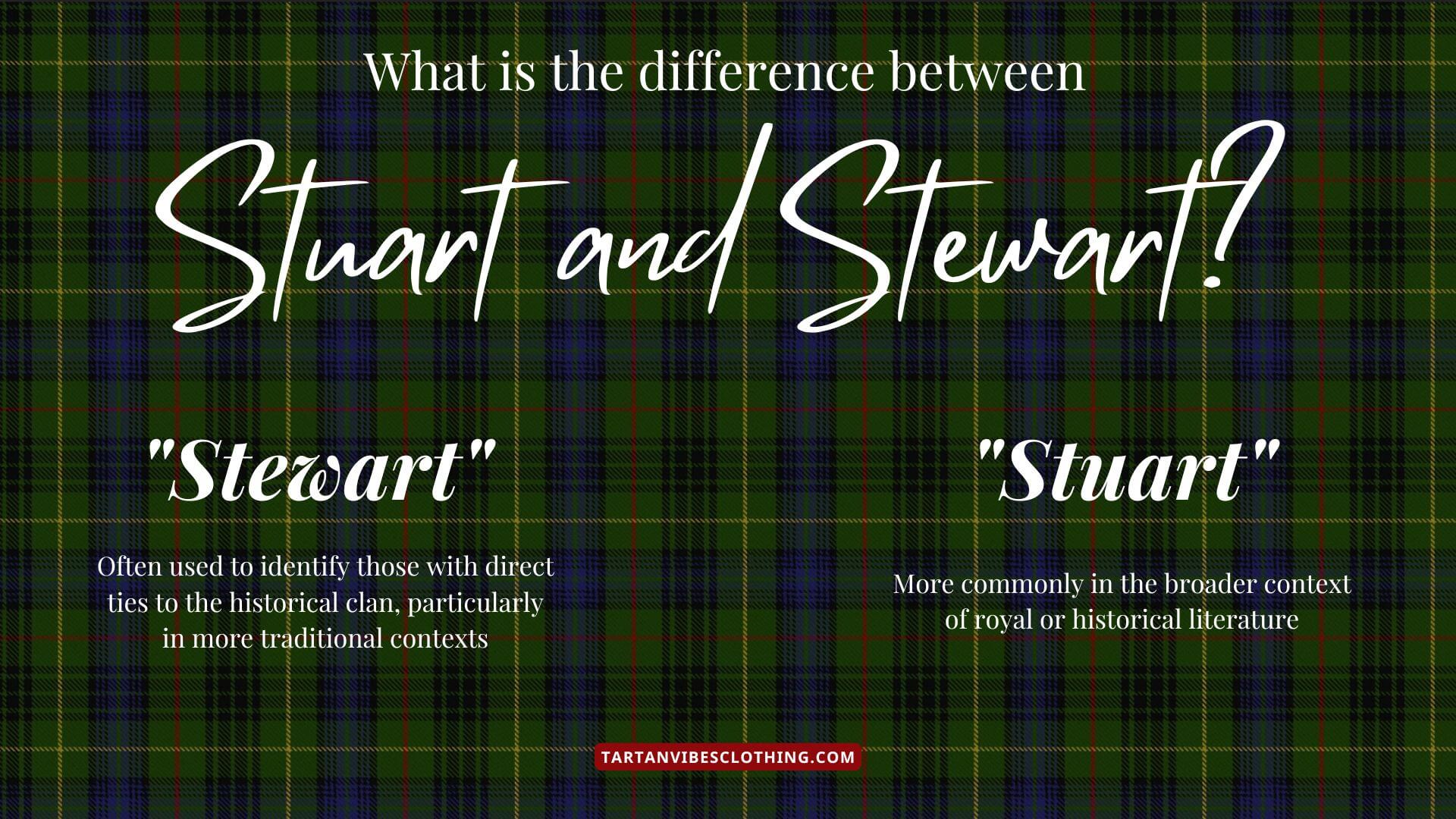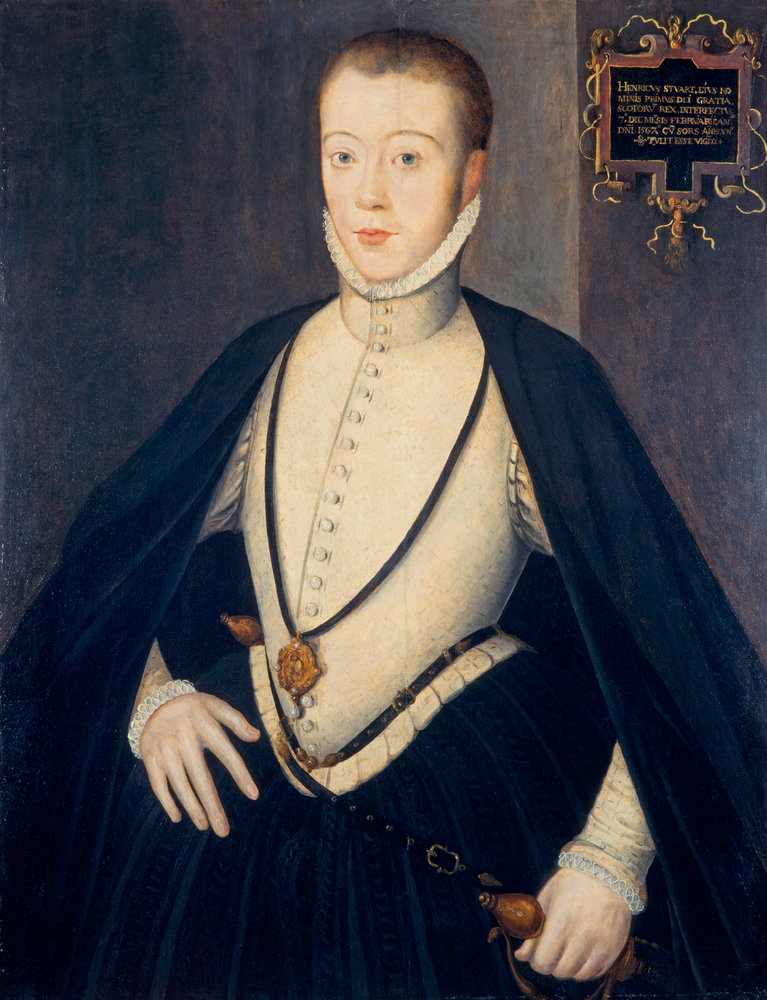Are Stewart and Stuart the Same Clan? Discover the Truth
by Aimee Li on Sep 17, 2024
Table of Content
I. Introduction
In the rich tapestry of Scottish history, the names "Stewart" and "Stuart" frequently emerge, prompting many to ask: Are Stewart and Stuart the same clan? What is the difference between Stuart and Stewart? While they may seem similar at first glance, these names embody a complex narrative that spans centuries of tradition and lineage.
This article aims to clarify the relationship between the two names, exploring their origins, historical significance, and the cultural heritage they represent. By understanding the connections between Stewart and Stuart, we can gain a deeper appreciation for the legacy of this prominent clan in Scottish history.
II. The Origins of the Stuart and Stewart Clan
1. Origins of the Stewart Clan
The Stewart clan traces its origins to the early 12th century. The family was established when Walter FitzAlan was appointed High Steward of Scotland by King David I. This role was not only of political significance but also one of great trust and influence. This position gave rise to the name Stewart, derived from the Old French word "steward," a title associated with managing royal estates.

2. Origins of the Stuart Clan
The Stuart name emerged from the same lineage as the Stewarts but was influenced by a period of exile in France. As the family continued to thrive, the name began to evolve. The transition from "Stewart" to "Stuart" began to take place in the late 15th century. Spelling from Stewart to Stuart was primarily a result of the French language, which lacked the "w" sound. Mary, Queen of Scots, is perhaps the most famous bearer of the Stuart name.
Both versions refer to the same clan and lineage. Nowadays, both spellings are used interchangeably, but "Stewart" is more prevalent in Scotland.

III. Are Stewart and Stuart the Same Clan?
Despite the different spellings, the Stuart and Stewart Clan are part of the same clan—the difference in spelling results from linguistic influence rather than a divergence in lineage. The Stuart and Stewart clans trace their heritage back to Walter FitzAlan and his descendants.
IV. What is the difference between Stuart and Stewart?
The two names, "Stewart" and "Stuart," are closely connected to one another, yet they have distinct usages that highlight the Stuart and Stewart differences in various contexts. Some have suggested that:
- In Scotland, "Stewart" is often used to identify those with direct ties to the historical clan, particularly in more traditional contexts. This usage emphasizes the lineage and heritage of those involved with the clan's history.
- On the other hand, "Stuart" tends to appear more commonly in the broader context of royal or historical literature.

However, some have suggested that the difference between the two names "Stewart" and "Stuart" is due to the spelling "Stewart" being more common than "Stuart".
'Stewart' is a traditional Scottish surname and given name and is the original Scottish spelling, while 'Stuart' is also a surname but is often associated with Scottish royalty. It is the French form of the Scottish surname Stewart. The French name was adopted by Mary, Queen of Scots, when she lived in La Belle, France, in the 16th century. She approved the change to ensure the correct pronunciation of the Scottish version of Stewart, as keeping the 'w' would have been confusing to French speakers, who would have translated the 'w' as a 'v'.
The Stuart spelling was also used by her second husband, Henry Stuart, son of the Earl of Lennox; he was the father of James I of Great Britain, so the Stuart spelling for the English royal family officially came from him. This association solidified the "Stuart" spelling within the royal lineage, leading some to adopt this form. However, most individuals with ties to the clan in Scotland retained the traditional "Stewart" spelling, which remains the more common usage today.

Whether it's Stewart or Stuart, this proud clan’s history is woven with tales of bravery and legacy. Dive into our stories and uncover the rich heritage that defines us:
Set sail on an odyssey through the illustrious annals of Clan Stewart with our handpicked collection of tartan creations. Embody the indomitable spirit that characterizes the Stewart clan, weaving a piece of this noble history into the fabric of your daily existence:
V. Conclusion
In conclusion, the Stewart and Stuart clans are the same, with the name difference resulting from French influence. Over the centuries, the names have evolved, but their significance within Scottish history remains intact. Whether you're exploring your ancestry or simply curious about Scottish history, understanding the shared origins of Stuart and Stewart offers fascinating insights into the legacy of this influential clan.
Frequently Asked Questions
Who is the head of the Stuart clan?
The current Chief and 7th Marquess is Johnny Bute, also known as Johnny Dumfries. He had a successful racing career, highlighted by his victory at the Le Mans in 1988. The clan's residence for the Stuart of Bute is Mount Stuart.
What is the Stewart clan motto?
The Clan Stewart motto is "Virescit vulnere virtus", which means "Courage grows strong at a wound".
Why did Stewart change to Stuart?
In 1548, the Scots arranged for Mary to be engaged to Francis, the Dauphin and heir to French King Henri II, and she was sent to grow up at the French Court. It is believed that during this period, the royal family name of Stewart was altered to Stuart to align with French spelling norms.
Is Stewart a Celtic name?
Stewart is a surname of Scottish origin, which can also function as a first name. Its roots may trace back to the Old English term "stigweard," formed from "stig," which signifies household, and "weard," meaning guardian or protector, or it could come from the Gaelic name Stiùbhart, which translates to steward. Other variations of the name include Stuart, Steward, and Steuart.











